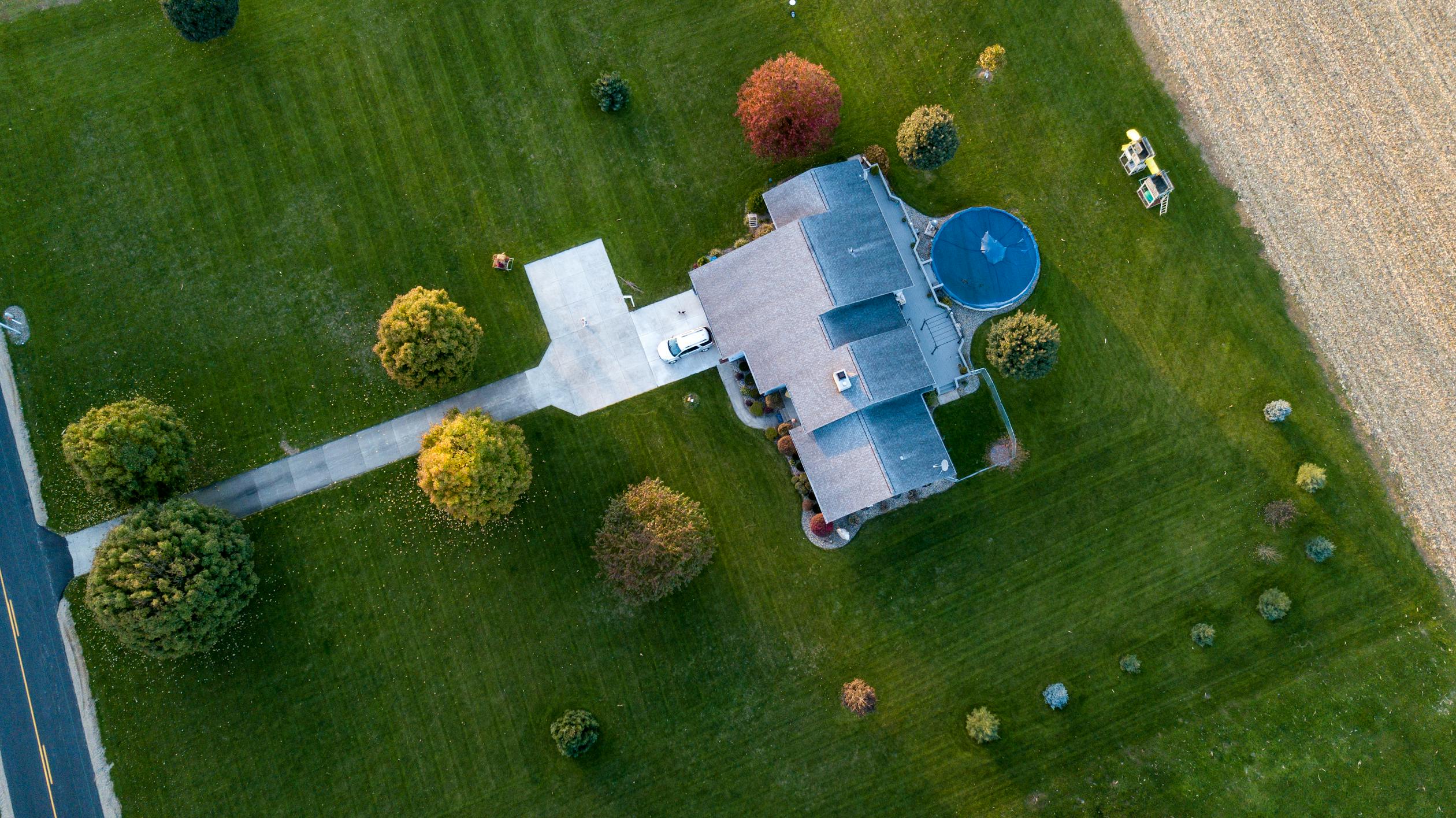The Ultimate Lawn Care Guide for New HomeOwners

The Ultimate Lawn Care Guide for New HomeOwners
For new homeowners, the task of lawn care can seem daunting.
Written by The Stay Sane Mom Staff | See Comments | Updated 12/17/2023
Want to cut to the chase?
Sanity Saving Habits Checklist
.png)
Want to cut to the chase?
Sanity Saving Habits Checklist
Get the Free A quick list of easy ways to feel less crazy. Now
Get it NowThe Ultimate Lawn Care Guide for New HomeOwners
This post contains some affiliate links for your convenience. Click here to read my full disclosure policy.
For new homeowners, the task of lawn care can seem daunting. A well-maintained lawn not only enhances the curb appeal of your home but also provides a space for relaxation and recreation. Understanding the basics of lawn care is essential for maintaining a healthy and beautiful lawn. Here’s an ultimate guide to help you get started on your lawn care journey.
1. Understanding Your Lawn
The first step in effective lawn care is to understand the type of grass and soil in your lawn. Different grass types have varying needs in terms of sunlight, water, and care. Common grass types include Bermuda, Zoysia, Fescue, and Kentucky Bluegrass, each with its own maintenance requirements. Conducting a soil test can also provide valuable insights into the soil's pH levels and nutrient content, helping you tailor your lawn care practices accordingly. Understanding these basics will allow you to make informed decisions about lawn care.
2. Mowing Techniques
Mowing is not just about cutting grass; it's an essential part of lawn health. The general rule is to never cut more than one-third of the grass blade length at a time, as cutting too short can stress the grass. The ideal mowing height varies by grass type but maintaining your lawn at the recommended height promotes healthy roots and prevents weeds. Ensure your mower blades are sharp for a clean cut, as dull blades can damage the grass. Regular mowing, according to the growth rate of your grass, is key to a well-maintained lawn.
3. Watering Your Lawn
Proper watering is critical to the health of your lawn. Most lawns need about 1 to 1.5 inches of water per week, either from rainfall or watering. It’s best to water your lawn early in the morning to reduce evaporation and allow the grass to dry before nightfall, minimizing disease risk. Water deeply and infrequently to encourage deep root growth. Overwatering can be as harmful as underwatering, so it's important to adjust your watering schedule based on weather conditions and soil type.
4. Fertilizing for Lawn Health
Fertilizing provides the necessary nutrients for your lawn to thrive. The type and frequency of fertilizer application depend on your grass type and soil health. Generally, it's recommended to fertilize in the spring and fall. Use a fertilizer that matches the nutrient needs of your soil and grass type. Be cautious with the amount of fertilizer used; over-fertilization can lead to lawn damage and environmental harm.
5. Weed and Pest Control
Controlling weeds and pests is an ongoing battle in lawn care. Regular lawn maintenance, such as proper mowing and watering, can prevent many weed and pest problems. For persistent issues, consider using herbicides for weeds and pesticides for pests. However, use these products judiciously and according to the manufacturer’s instructions. Natural and organic options are also available for those who prefer a more environmentally friendly approach.
6. Aerating and Overseeding
Aeration involves perforating the soil with small holes to allow air, water, and nutrients to penetrate the grass roots, promoting deeper root growth and a healthier lawn. Aerating your lawn every 1-2 years, especially if you have compacted soil or heavy thatch, can significantly improve its health. Overseeding, or planting new grass seeds over existing grass, helps to thicken your lawn and improve its overall appearance. The best time for aeration and overseeding is typically in the fall.
7. Seasonal Lawn Care
Lawn care varies with the seasons. Spring is the time for cleaning up debris, mowing, and beginning regular watering and fertilization. Summer lawn care involves diligent watering, mowing, and monitoring for pests and diseases. Fall is ideal for aeration, overseeding, and one last fertilization before winter. In winter, minimize traffic on the lawn to prevent damage to the dormant grass.
8. Organizing Lawn Care Equipment
Having the right tools is crucial for lawn maintenance, and organizing them effectively is just as important. Portable storage buildings offer a practical solution for storing lawn mowers, gardening tools, fertilizers, and other lawn care equipment. These structures provide easy access to your tools while protecting them from the elements, ensuring they remain in good condition for use. By keeping your lawn care equipment organized in portable storage buildings, you not only prolong the life of your tools but also keep your yard tidy and efficient.
Lawn care for new homeowners involves understanding your lawn, proper mowing, watering, fertilizing, weed and pest control, aeration, overseeding, seasonal care, and organizing your equipment. By following these guidelines, you can maintain a healthy and beautiful lawn that enhances your home and provides a space for enjoyment. Remember, consistency is key to successful lawn care.
Start Your Next Step
Sanity Saving Habits Checklist
.png)
Start Your Next Step
Sanity Saving Habits Checklist
Get the Free A quick list of easy ways to feel less crazy. Now
Get it NowGet Sanity, Delivered to Your Inbox.
Care to Share?
About the Author

The Stay Sane Mom Staff
Contributor
Occasionally we post blogs that are a team effort from The Stay Sane Mom staff. Fear not, these are still up to our quality standards, they just don't come from any one person (rather the team at large). As my 4-year-old says, teamwork makes the dream work.





-Budget.jpg)